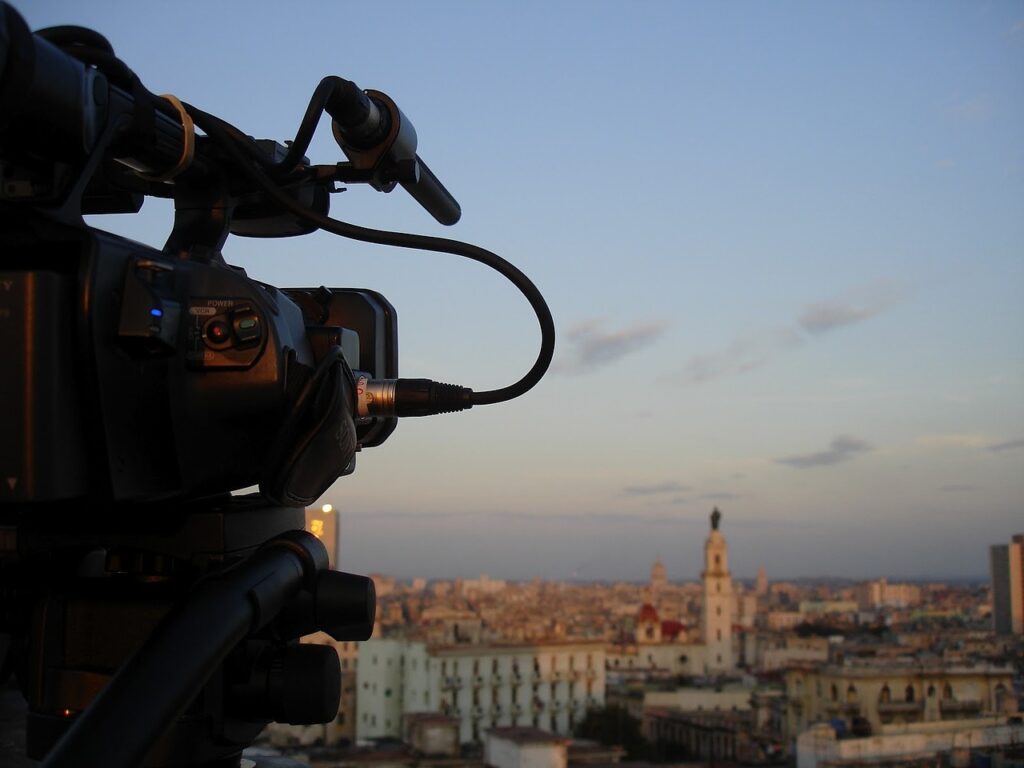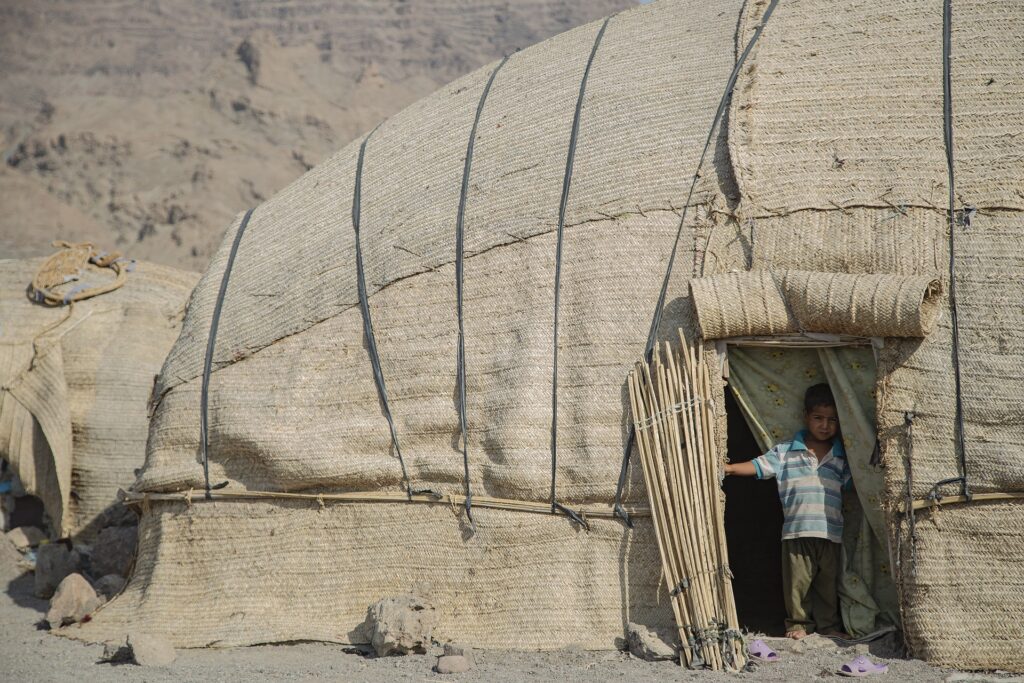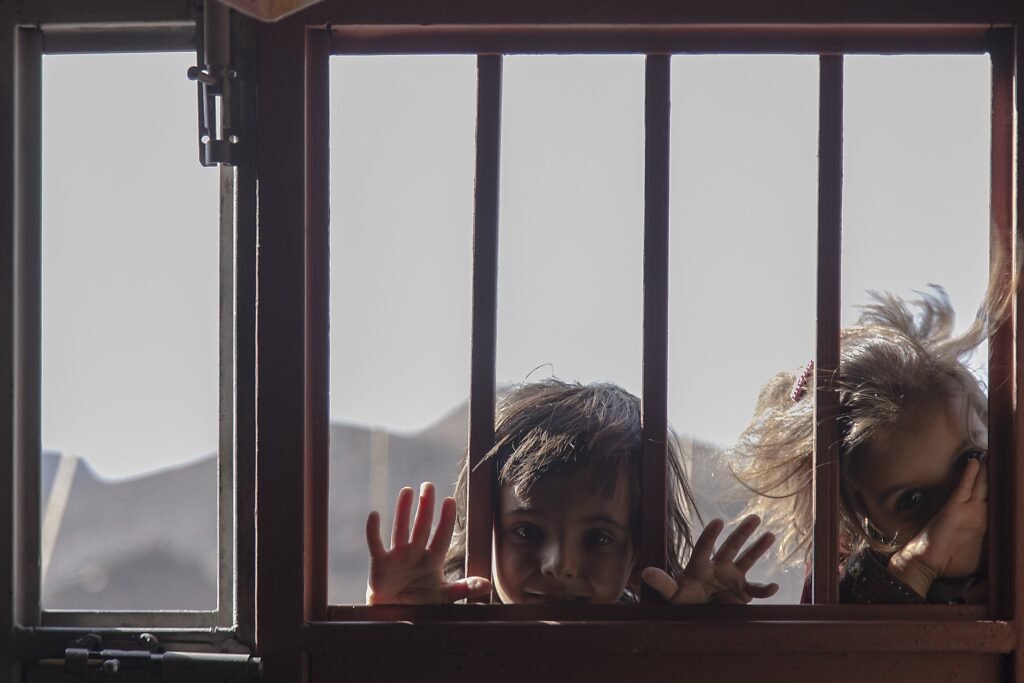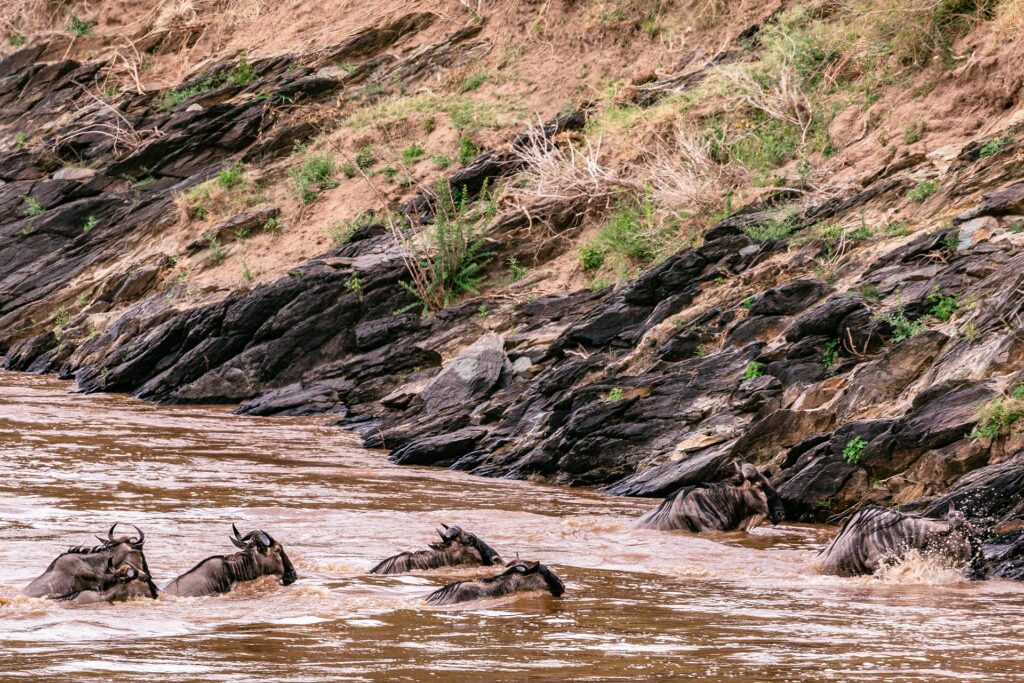Documentary photography is a powerful medium that aims to chronicle real-life events, social issues, and cultural landscapes through compelling visual narratives. This comprehensive article explores the history, techniques, ethical considerations, practical tips, cultural impact, and contemporary trends of documentary photography for audiences in the United States.

Introduction to Documentary Photography
Documentary photography serves as a visual record of historical events, social realities, and human experiences. Unlike staged or manipulated images, documentary photographers strive to capture candid moments, authentic emotions, and impactful scenes that reflect the complexities of society and the human condition.

History and Evolution
The roots of documentary photography can be traced back to the 19th century, when pioneers such as Jacob Riis and Lewis Hine used photography to expose social injustices and advocate for reform. During the 20th century, photographers like Dorothea Lange, Robert Capa, and Margaret Bourke-White documented wars, economic hardships, and cultural transformations, shaping the genre’s legacy as a tool for social change and storytelling.

Techniques and Approaches
Storytelling and Narrative: Documentary photographers focus on telling cohesive stories through images that evoke empathy, provoke thought, or highlight social issues. They employ visual storytelling techniques, such as sequencing, juxtaposition, and framing, to construct compelling narratives that resonate with viewers and convey deeper meanings.
Ethical Considerations: Maintain ethical standards by accurately representing subjects, contexts, and events without distorting facts or manipulating scenes. Respect the dignity, privacy, and cultural sensitivities of individuals and communities depicted in documentary photography, seeking informed consent when necessary and minimizing harm or exploitation.

Practical Tips for Documentary Photographers
Research and Preparation: Conduct thorough research on topics, locations, and subjects before embarking on documentary photography projects. Develop relationships with communities, gain trust, and immerse yourself in the socio-cultural contexts to capture authentic stories and nuanced perspectives responsibly.
Technical Skills and Equipment: Master technical aspects of photography, including exposure settings, composition rules, and lighting techniques suitable for diverse documentary environments. Use portable equipment, versatile lenses, and reliable camera gear to adapt to dynamic shooting conditions and capture decisive moments effectively.

Cultural Impact and Contemporary Trends
Advocacy and Awareness: Documentary photography serves as a catalyst for advocacy, social awareness, and political change by shedding light on marginalized communities, environmental issues, and global challenges. Photographers collaborate with NGOs, media outlets, and advocacy groups to amplify voices, influence public opinion, and promote social justice.
Digital Media and Multimedia Integration: Embrace digital platforms, multimedia formats, and online storytelling to reach global audiences and engage viewers through interactive documentaries, multimedia installations, and immersive experiences. Explore virtual reality (VR), augmented reality (AR), and interactive web documentaries that enhance viewer engagement and storytelling impact.

Conclusion
In conclusion, documentary photography remains a dynamic and influential medium for documenting history, exposing truths, and advocating for social change in the United States and beyond. By capturing authentic moments, personal narratives, and societal issues through visual storytelling, documentary photographers preserve cultural heritage, provoke critical dialogue, and inspire collective action towards a more just and compassionate world.

From iconic photojournalism and human rights campaigns to environmental documentaries and community-based projects, documentary photography continues to evolve as a potent tool for storytelling, empathy, and cultural preservation. As photographers navigate ethical challenges, embrace digital innovations, and collaborate across disciplines, the art and impact of documentary photography reaffirm its enduring relevance and transformative power in shaping public consciousness and advancing social progress.